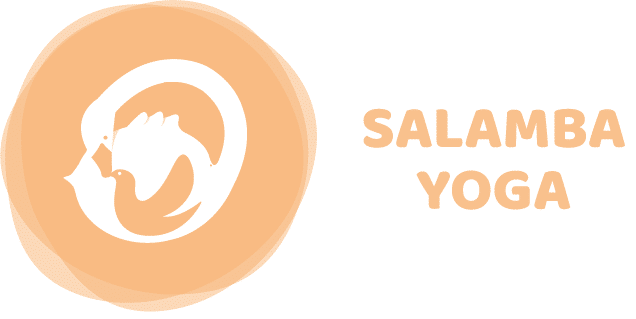Shavasana: are you doing or teaching it correctly?
Shavasana is one of the most generic asanas which is being practiced all over the world as you are reading this blog. Almost all yoga classes end with this asana, with the main objective of it being to relax and rejuvenate the body at the end of the yoga session.
There are various instructions which different yoga teachers give to their students and these instructions are mainly to act as atype of guided relaxation. One of the most important aspects of Shavasana (and most overlooked) is the spinal and the head placement. If the positioning of the head and spine is not correct, deep organic relaxation will become difficult to be achieved.
So, what to do in Shavasana?
The answer is simple: get the body positioning right and once that is achieved, parasympathetic system impulses will automatically pitch in thus inducing relaxation and rejuvenation to muscular and organic structures of the body.
Here are some helpful cues to increase surface area contact and reduce cervical and sacral irritability:
1) Outer ankles should drop to the mat
Let your outer ankles drop down to the mat. This will open the groins and bring softness in the inner leg muscles which in turn will relax the lower abdomen.
2) Roll the skin of the buttocks towards the back of the knees
Buttocks should be rolled towards the back of the thighs and not towards the lumbar spine. This will relax the sacral area and bring stability in the lumbar region of the spinal column.
3) Soften the frontal lower ribs
Bring the lower frontal ribs softly back toward the body, instead of projecting them toward the ceiling. Doing so will instantly relax and restore space in the diaphragm which will result in better breathing.
4) Frontal shoulders and collar bones should communicate.
As you lay down with your arms by the side of the body and palms facing up, try to roll the frontal shoulders out to the sides and simultaneously sink the collar bones into the body. This will broaden the upper chest area and induce greater sense of relaxation instantaneously.
5) Back of the head and chin movement
Chin should be kept well within control and one should not let the chin move up toward the ceiling as this will bring a huge curve in the cervical spine area. As you bring neutrality in the chin area, your back of the head will by default become more stable and connected to the ground.
6) Sides of the chest should open up
Keep sides of the chest well opened and elevated as you ground your shoulders and lumbar area. This will initiate the process of slow and regulated breathing which is the very base of pranayama.
7) Inner ears and eye ball sockets should sink
Let your inner ears and eye balls develop a sinking feeling to relax the facial muscles and to deepen the breathing.
Even though these cues will help a great deal in deepening your Shavasana experience, do note that if you or your students have some anatomical imbalances it would make sense to use props to address these imbalances first. For example imbalance in the shoulders will impact head placement in Shavasana and knee imbalance will result in incorrect hip placement in Shavasana. An informed yoga teacher and yoga student should know how to correct these issues in Shavasana by using blankets, blocks, folded towels and ropes.
Salamba Yoga conducts yoga courses in Nepal wherein we teach students of yoga andyoga teachers the correct form of practice. Yoga teacher training courses in Nepal and India are therapeutic and highly beneficial for both yoga students and yoga teachers.
To enroll for upcoming September 2022 YTTC course please click this link
